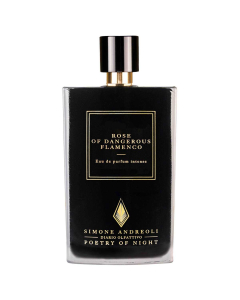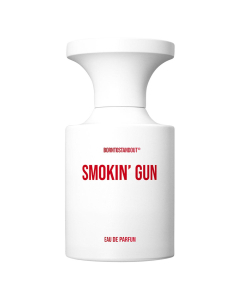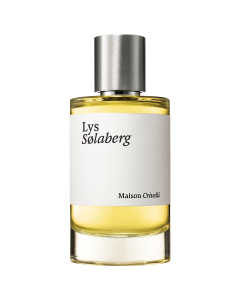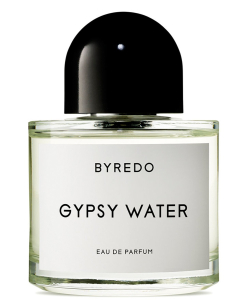Please note that we use cookies to offer you a better user experience, analyse site traffic, and better serve advertising. By continuing to use this website, you consent to the use of cookies in accordance with our Cookies Policy. Learn more.
Maison Francis Kurkdjian Petit Matin Eau de Parfum 70ml
Lavender from Provence
Lavandula X Intermedia is a hybrid cross between fine lavender and lavender aspic, which provides better yields. Its small violet-blue flower heads as well as its flower sachets sold in local markets are the emblem of Provence. Its purplish flower spikes are carried by long stems. Steam distillation produces an aromatic, fresh, herbaceous, camphorated and aniseed oil. This heart note is found in Colognes as well as in the Fougère accord, emblematic of men's fragrances.
Litsea Cubeba
Also called exotic verbena, this evergreen plant can reach over ten meters and grows in tropical areas of Asia, particularly in China and Indonesia. Its large leaves give clusters of small green fruits. These are distilled to obtain a fresh and delicate oil, tarter and greener than a lemon, oscillating between verbena and lemongrass. It also has accents of candied lemons, zesty pie or tangy sweets. It is ideal to underline citrus top notes and blends perfectly with Colognes.
Musks
Initially extracted from Tibetan musk deers, natural musk has been banned in perfumery since 1973. Synthetic molecules designed to replace it appeared at the end of the 19th century, so today there is a wide selection of musky notes with an olfactory palette ranging from fruity, to woody to animal facets. Musks are very persistent and relatively non-volatile base notes. With their inimitable mellowness highly appreciated by the general public, today musky notes are present in the vast majority of women's and men's perfumes.
AmbroxanTM
AmbroxanTM is obtained from sclareol, one of the natural constituents of clary sage. It was created in the 50s and gradually superseded ambergris, a natural excrement of the sperm whale. AmbroxanTM emulates its various amber, dry woody and mineral facets. It is a kind of super-potent woody note with a lingering sillage that adds a modern sensuality to any kind of composition. AmbroxanTM has spawned a large family of similar molecules, often called "amber woods".
Hawthorn
A distant cousin of the rose, this thorny shrub is very fragrant in spring. Within a few days, it is covered with a multitude of small white flowers, sometimes resembling snow, and exhales a bitter almond scent. But its flowers are mute, that is to say too fragile to extract the perfume. The art of the perfumer is to recreate the sensation of passing by the tree in full bloom. Francis Kurkdjian combines sweet, flowery, slightly honeyed notes with almond accents that express themselves in the heart of the perfume.
Lemon from Italy
Originally from the Far East, the lemon tree was introduced to the Mediterranean basin during the Crusades in the Middle Ages. Today, the regions of Calabria and Sicily in southern Italy are the main suppliers for perfumery. Its oil is obtained by cold expression of its peel using mechanical processes. Its bright color announces its joyful fragrance, with green, zesty, rising top notes. Its crisp, lively effect is often found in men's colognes and eaux fra®ches. It also gives a beautiful lift to floral sillages.
Orange blossom
There are several ways to process the Citrus Aurantium flower. By volatile solvent extraction, to obtain the orange blossom absolute, by steam distillation, the orange blossom oil. But beware, connoisseurs know it well: we don't speak of orange blossom oil but of neroli oil, since the Princess of Nerola, enraptured by its fragrance, brought it into fashion at the time of French king Louis XIV. The absolute is used for middle and base notes, with solar floral overtones, in turn fresh or heady, honeyed and animalic. Neroli oil has much more citrusy and green floral inflections, used in the top and heart notes of a fragrance. It is often associated with the smell of sun-dried sheets and flavored madeleines.











